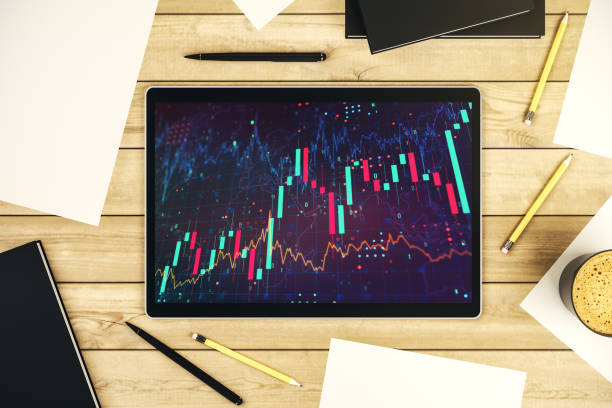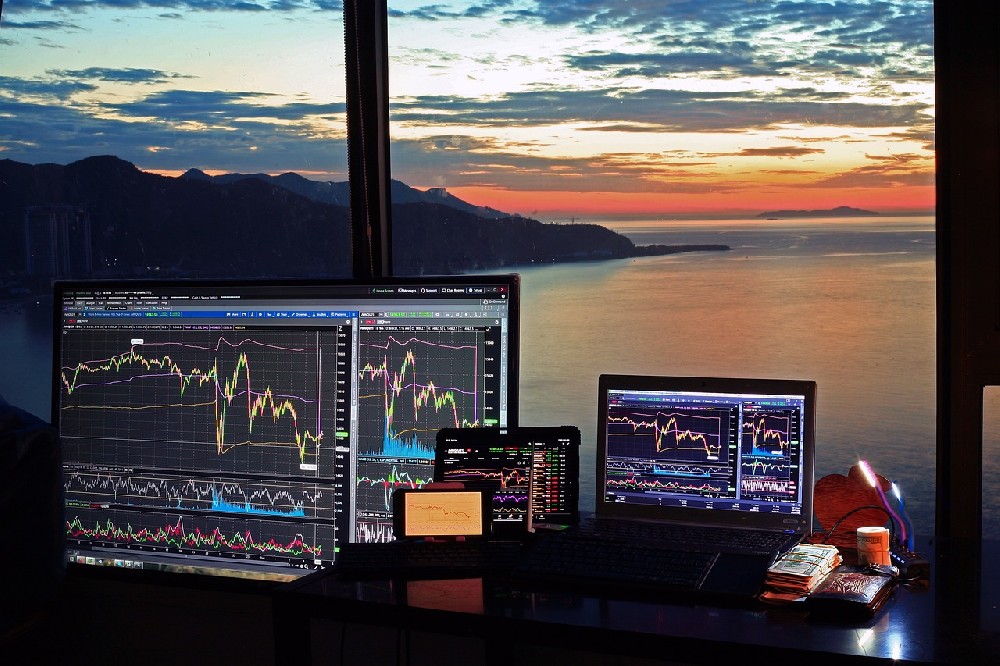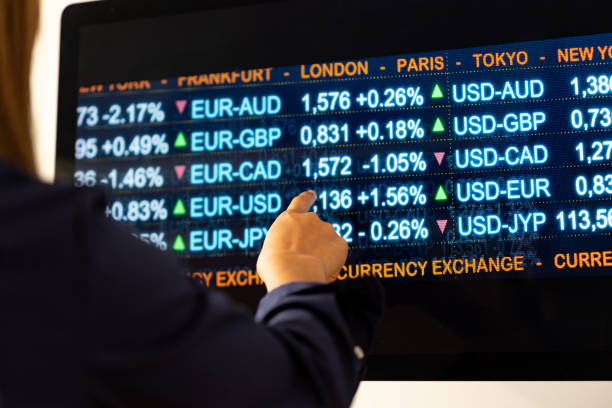Spot and futures markets are two different ways of trading various assets, such as commodities, currencies, indices, and stocks. They have some similarities, but also some key differences that traders should be aware of. Here are some of the main differences and links between spot and futures markets.
Spot market
A spot market is a market where the exchange of an asset takes place immediately or within a short period of time. The price of the asset at the time of the transaction is called the spot price. Spot markets are also known as cash markets or physical markets, because the delivery of the asset and the payment are done on the spot. Spot markets are popular among day traders, who want to take advantage of the current market conditions and low spreads.
Some examples of spot markets are:
l The stock market, where shares of companies are traded for immediate delivery. The New York Stock Exchange (NYSE) is an example of a spot market for stocks1.
l The forex market, where currencies are traded for immediate delivery. The forex market is the largest and most liquid spot market in the world2.
l The commodity market, where physical goods such as gold, oil, wheat, and coffee are traded for immediate delivery. The London Metal Exchange (LME) is an example of a spot market for commodities3.
Futures market
A futures market is a market where the exchange of an asset takes place at a specified future date and price. The price of the asset at the time of the contract is called the futures price. Futures markets are also known as forward markets or derivatives markets, because the value of the contract is derived from the underlying asset. Futures markets are popular among long-term traders, who want to hedge their risk, diversify their portfolio, or speculate on the future market direction.
Some examples of futures markets are:
l The commodity futures market, where contracts for the delivery of commodities at a future date and price are traded. The Chicago Mercantile Exchange (CME) is an example of a futures market for commodities4.
l The index futures market, where contracts for the delivery of a stock index at a future date and price are traded. The S&P 500 futures contract is an example of an index futures contract5.
l The currency futures market, where contracts for the delivery of a currency pair at a future date and price are traded. The U.S. Dollar Index futures contract is an example of a currency futures contract6.
Differences and links between spot and futures markets
There are three main differences between spot and futures markets:
l Delivery and payment: In spot markets, the delivery and payment of the asset are done on the spot or within a short period of time. In futures markets, the delivery and payment of the asset are done at a future date and price agreed upon in the contract.
l Spreads and fees: In spot markets, the spreads (the difference between the bid and ask prices) are usually lower than in futures markets, because the transactions are simpler and faster. However, spot markets may charge overnight fees or interest rates for holding a position longer than a day. In futures markets, the spreads are usually higher than in spot markets, because the transactions are more complex and risky. However, futures markets do not charge overnight fees or interest rates, because the delivery and payment are deferred to the future date.
l Expiry and rollover: In spot markets, there is no expiry date for the transactions, unless the trader decides to close the position. In futures markets, there is an expiry date for the contracts, which means the trader has to either settle the contract or roll it over to the next contract month. Rollover is the process of closing the current contract and opening a new one with the same underlying asset but a different expiry date. Rollover may incur additional costs or profits depending on the difference between the futures prices of the two contracts.
There are also some links between spot and futures markets:
l Price relationship: The spot price and the futures price of the same asset are linked by the cost of carry, which is the cost or benefit of holding the asset until the future date. The cost of carry includes factors such as storage costs, interest rates, dividends, and convenience yields. The futures price is usually equal to the spot price plus the cost of carry, or the spot price minus the benefit of carry. However, the futures price may deviate from this relationship due to supply and demand factors, market expectations, and arbitrage opportunities.
l Arbitrage: Arbitrage is the practice of exploiting price differences between two or more markets to make a risk-free profit. Arbitrageurs can use spot and futures markets to take advantage of the price discrepancies between the two. For example, if the spot price of gold is lower than the futures price, an arbitrageur can buy gold in the spot market and sell it in the futures market, locking in a guaranteed profit. Conversely, if the spot price of gold is higher than the futures price, an arbitrageur can sell gold in the spot market and buy it in the futures market, locking in a guaranteed profit. Arbitrage helps to keep the spot and futures prices in line with each other and the underlying asset.







